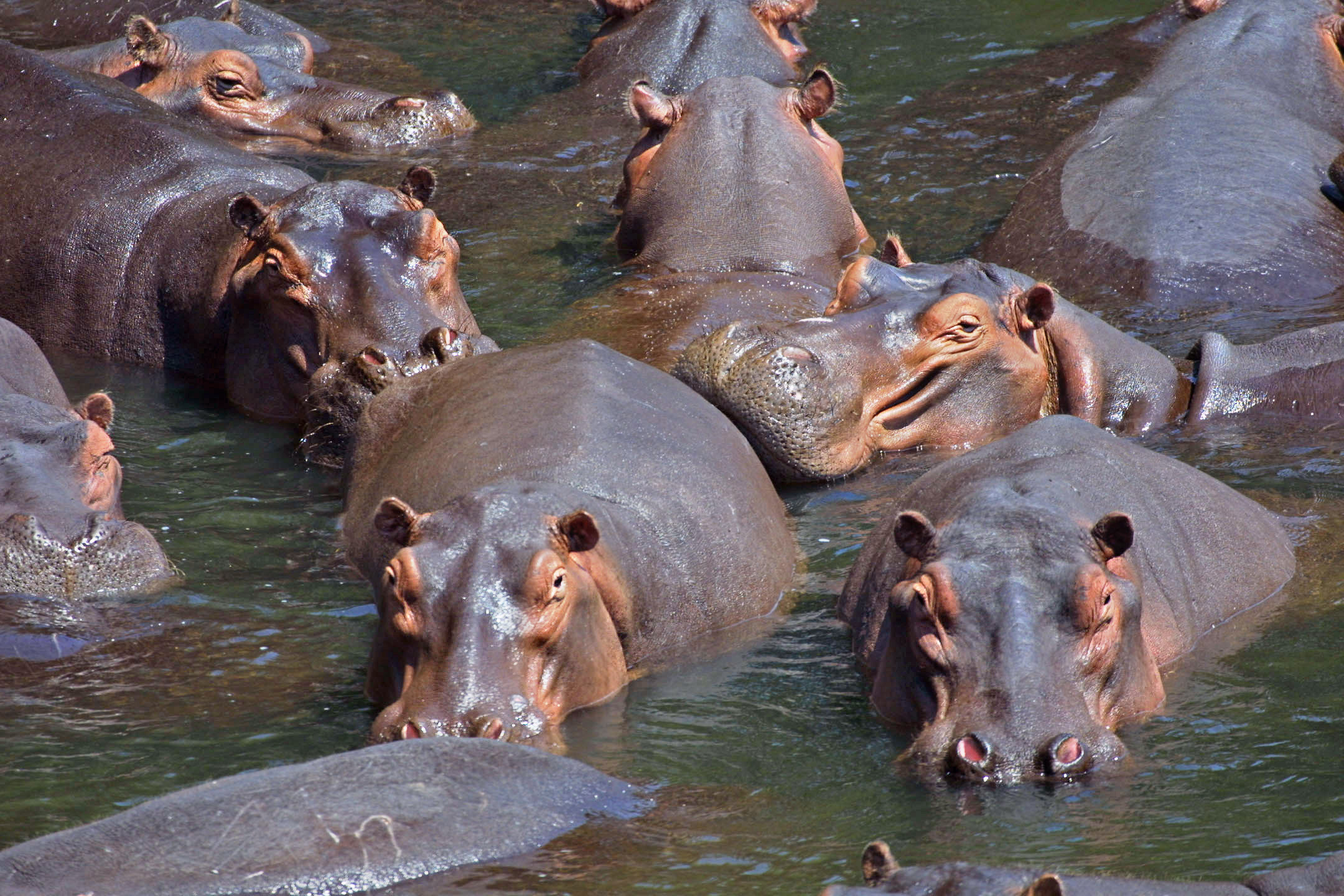
Believe it or not, Americans once considered importing hippos from Africa so we could raise them for meat.
The idea was proposed back in 1910, while the United States was in the middle of a serious meat shortage. A massive population explosion combined with overgrazed farmland resulted in skyrocketing beef prices as farmers scrambled to keep up with the demand. Meanwhile, waterways in the South were overgrown with water hyacinth, an invasive species from Japan that was becoming increasingly problematic.
That’s when two big game hunters came up with a solution: to import hippos and release them into the “useless” Southern marshlands where cattle were unable to graze. Hippo meat was delicious, they claimed, and the animals would happily dine on the abundant water hyacinth in the swamps until they were harvested.

Louisiana Congressman Robert Broussard officially introduced the “Hippo Bill,” seeking $250,000 to import the animals into the United States. “Lake cow bacon” as they called it, could be available to feed the American people within only a few years.
But that might have been just a start. According to a 1910 New York Times editorial about the bill, Tibetan yaks, South African, African buffalo and a long list of other animals from the world could be brought over for livestock purposes. “The gentle white rhinoceros, of excellent flavor,” would be an addition, as well as the dik-dik which was described as being “fit for a Christmas feast.” Even elephants, giraffes, and zebras were on the proposed menu too.
Fortunately (though, perhaps disappointingly for exotic meat lovers), the idea eventually petered out, and instead of bringing new animals into the existing landscape, the landscapes were engineered to accommodate of the animals we already had. We think it turned out for the best.




